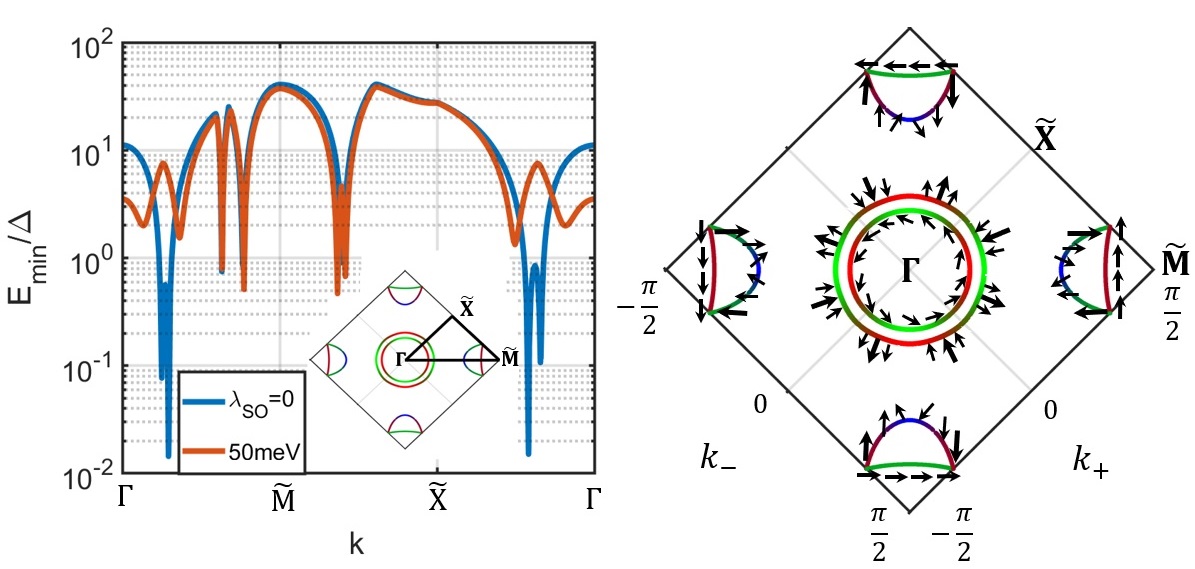Triplet RVB States and Iron-based Superconductors
P. Coleman, Y. Komijani, E. Koenig The Triplet Resonating Valence Bond State and Superconductivity in Hund's Metals, ArXiv:1910.03168.

- In our previous work on CeRh6Ge4 we found that easy-plane magnetic anisotropy can give rise to a highly-entangled ferromagneticall ordered ground-state by producing triplet resonating valence bond states (tRVB).
- In this paper, we consider the possibility that similar mechanism may be the driver of superconductivity in Iron-based superconductors.
- Considering the universality of superconductivity in Iron-based superconductors, it has been suggested that a local mechanism (based on atomic physics) must be involved. Therefore, we propose the above mechanism as the pairing mechanism in these materials.
- We show that the (ferromagnetic) Hund's coupling in d and f electron atoms can give rise to miniature triplet states that resonate between various orbitals in the atom.
- Under certain circumstances (two atom per unit cell) these miniature tRVB states can escape the atom (to the other atoms) producing a triplet superconductor.
- We show that it i) gives rise to a fully gapped superconductor (left figure) with a d-vector that may have topological properties(right figure). ii) The pair correlation is staggered and this can be seen as an alternating pi-phase shift in scanning josephson tunnelling microscope.
- We have also looked at various observables like the Knight Shift, quasi-particle interference and spin susceptibility showing that our theory is compatible with existing experimental data.